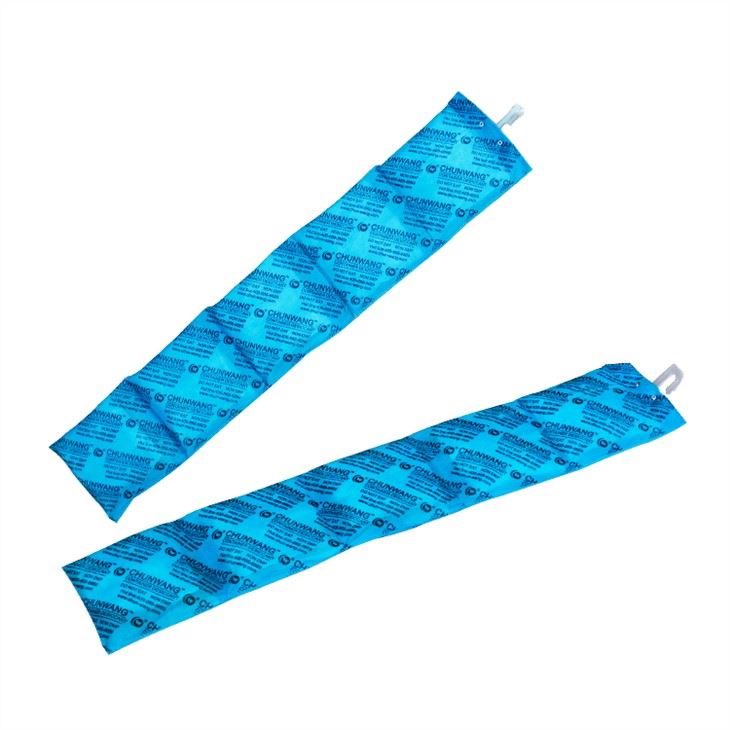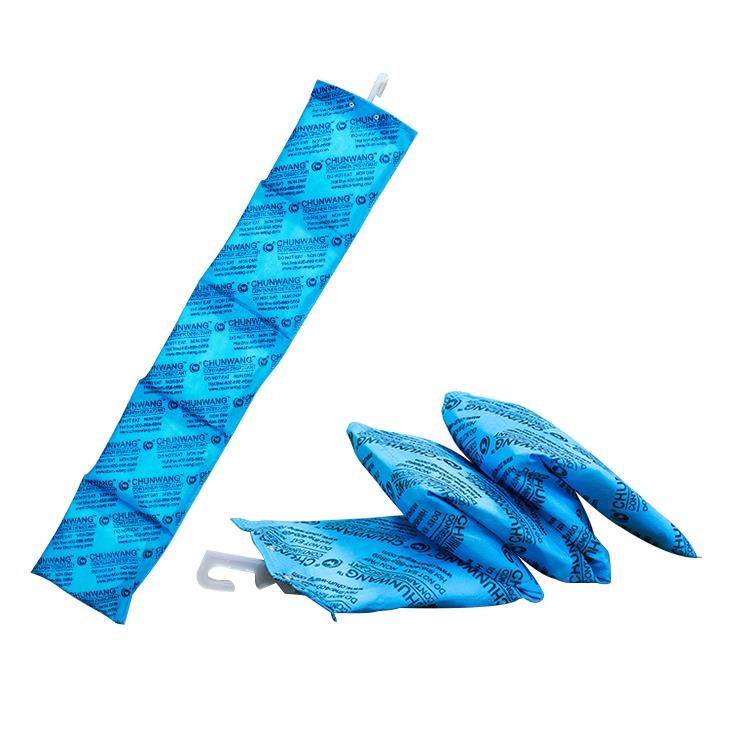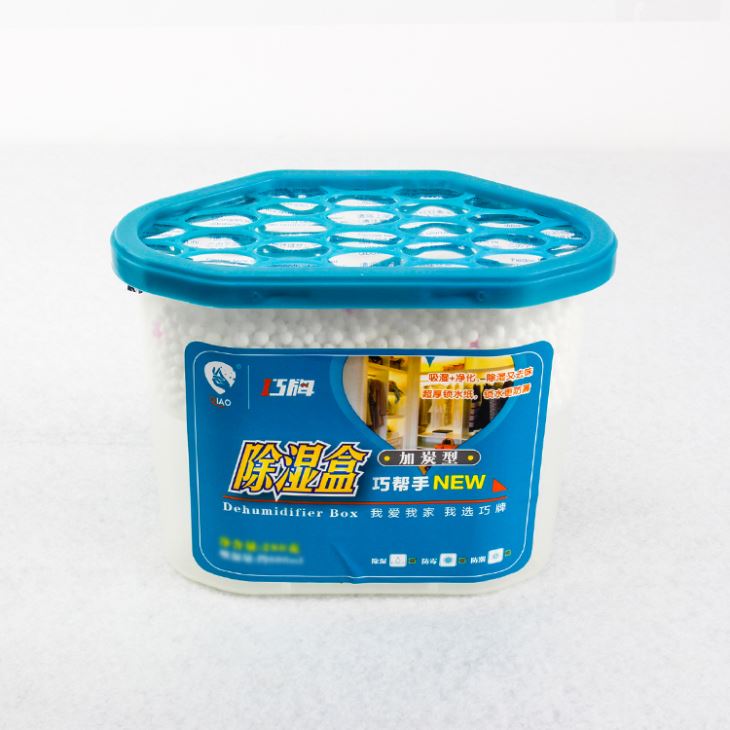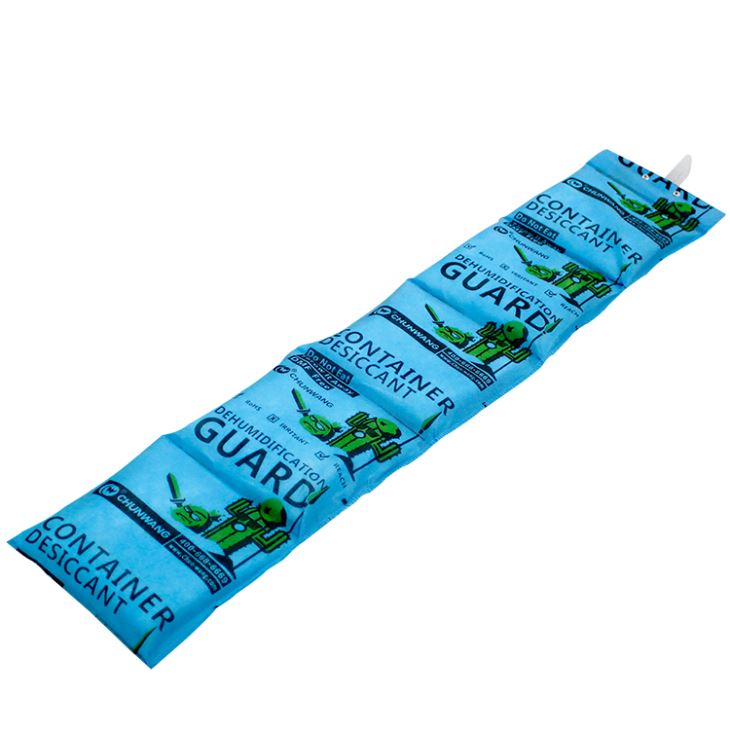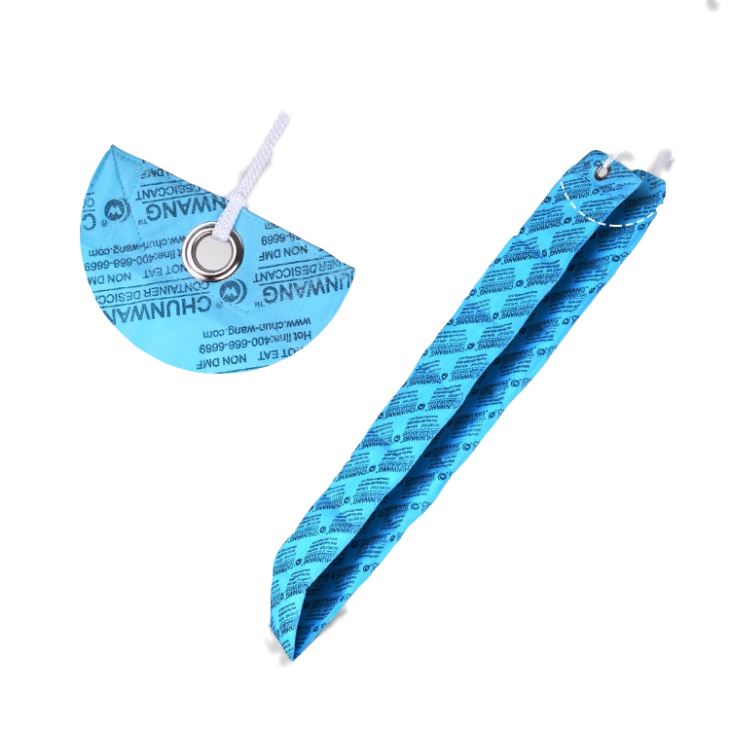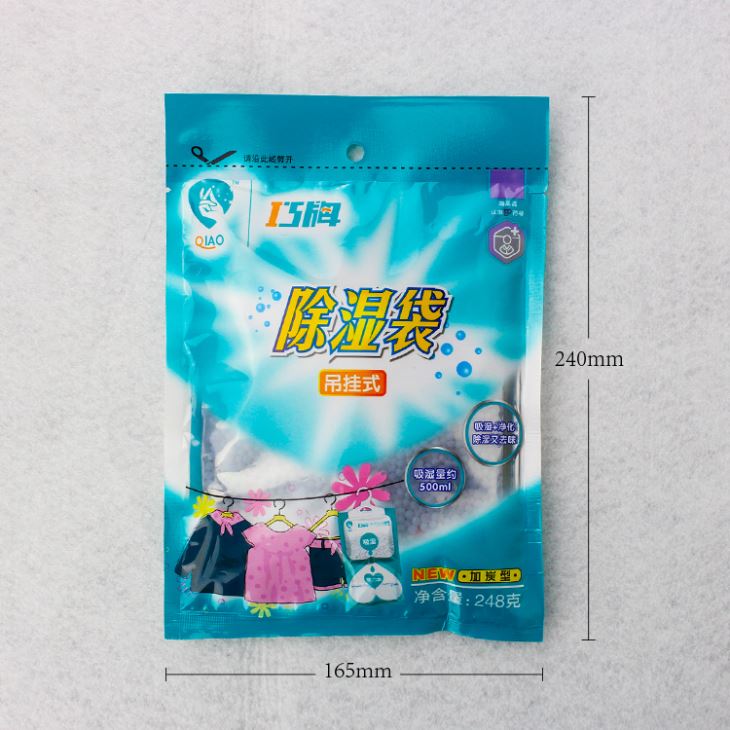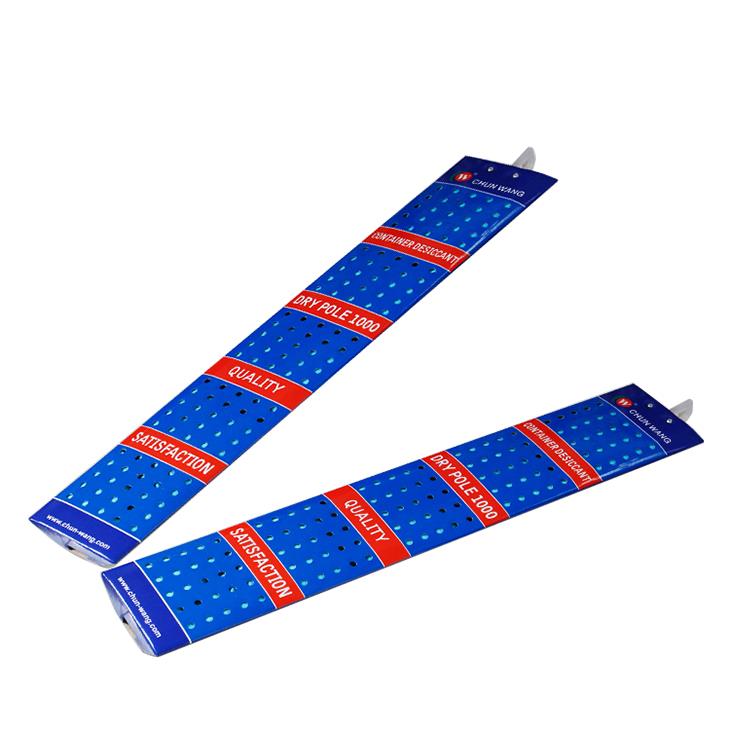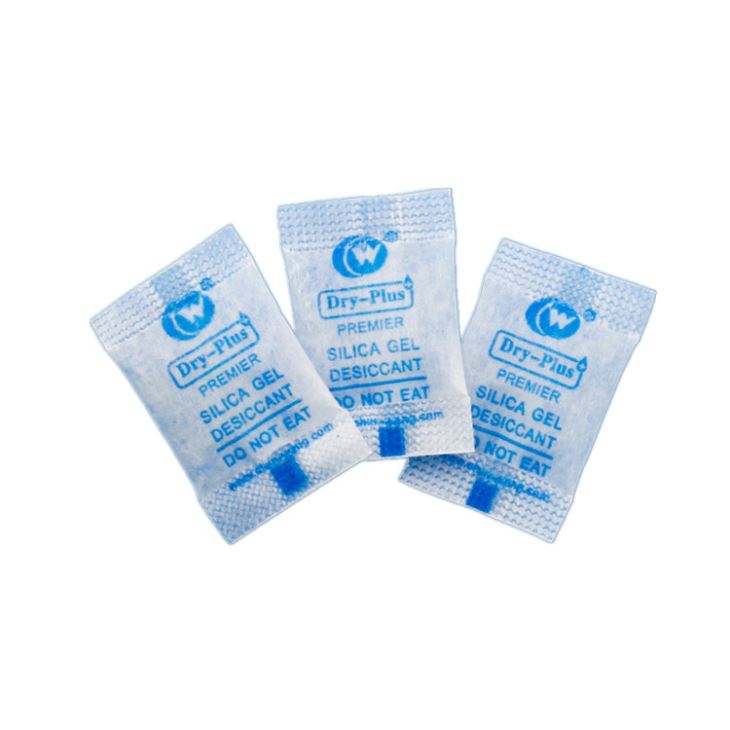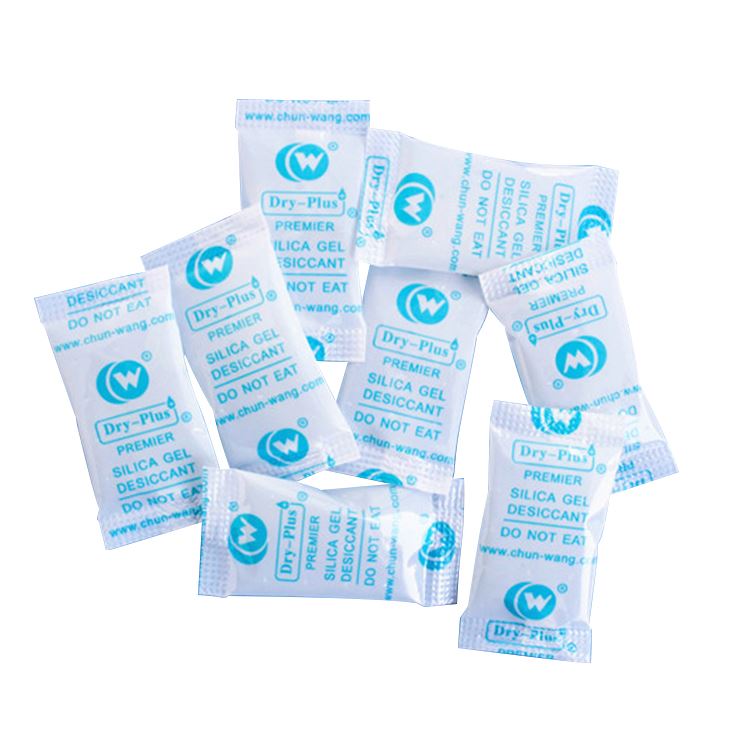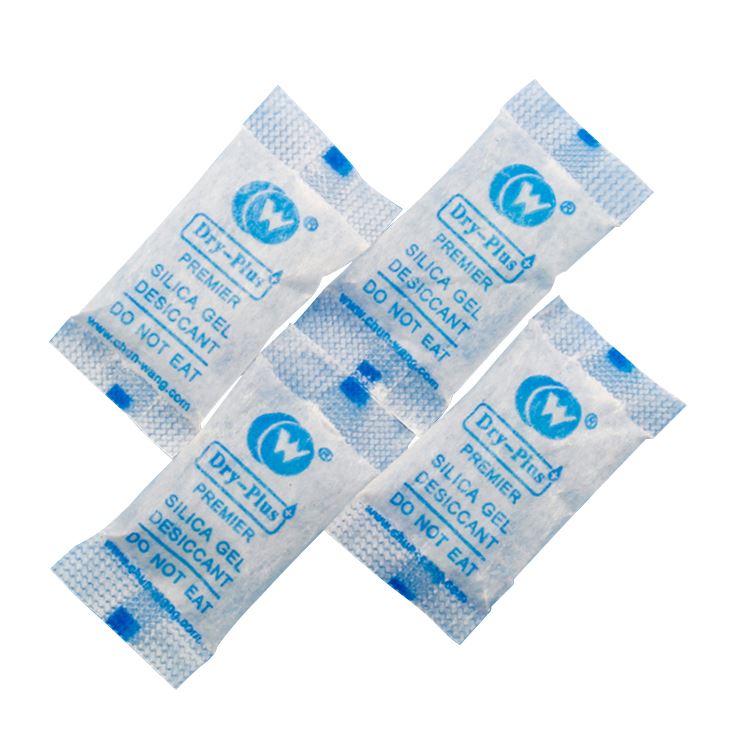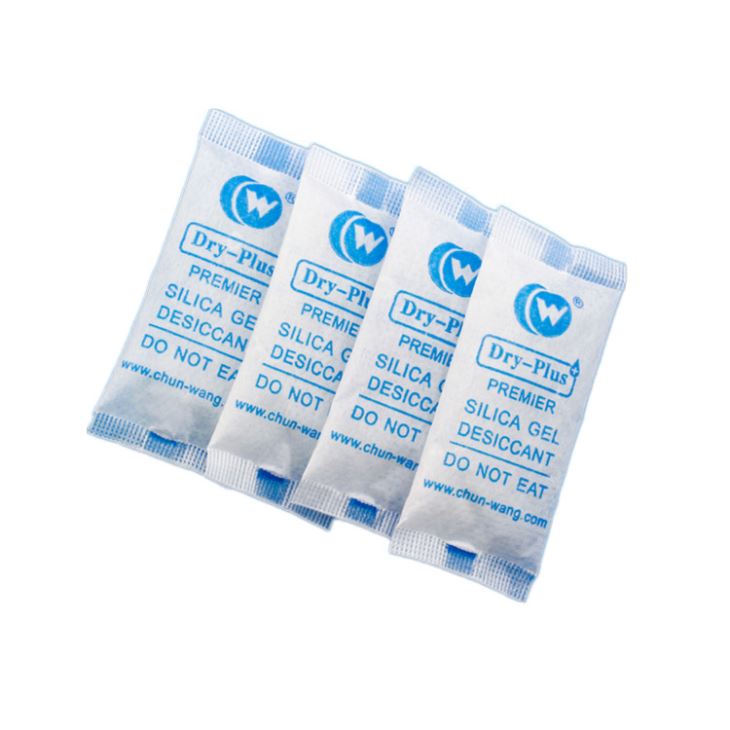Container Desiccant
18years Famous Desiccant Brand
We are a professional container desiccant manufacturer with 18 years of professional industry knowledge and a modern industrial plant of 15,000 square meters.
Qualification Certificate
We had passed the ISO9001:2015, ISO14001:2015, BSCI, GMP and Walmart audits. Our products comply with RoHS certification and other certificates..
Safe Materials
The desiccant raw materials have been optimized, do not contain DMF, and comply with RoHS and Reach standards.
Excellent Services
Our sufficient production capacity ensures delivery dates, and complete supervision system ensures product quality. Work with a professional shipping team to ensure safe delivery.
-
![Super Dry Container Desiccant]()
Super Dry Container Desiccant
-
![CHUNWANG® Continuous Strip Desiccant 125g*4]()
CHUNWANG® Continuous Strip Desiccant 125g*4
-
![CHUNWANG® Container Desiccant Adhesive-backed Strip 125g×3]()
CHUNWANG® Container Desiccant Adhesive-backed Strip 125g×3
-
![125g Individual Desiccant Packs for containers]()
125g Individual Desiccant Packs for containers
-
![Desiccant Bags For Container]()
Desiccant Bags For Container
-
![Calcium Chloride Gel Desiccant]()
Calcium Chloride Gel Desiccant
-
![Container Desiccant Suppliers]()
Container Desiccant Suppliers
-
![Container Dehumidifying Package 1kg]()
Container Dehumidifying Package 1kg
-
![Absorbent Package 1kg In Container]()
Absorbent Package 1kg In Container
-
![Warehouse Moisture Control]()
Warehouse Moisture Control
-
![Container Desiccant Trays]()
Container Desiccant Trays
-
![Maritime Container Desiccant]()
Maritime Container Desiccant
What is Container Desiccant?
Container desiccant is a special desiccant developed to prevent cargo from getting wet during sea transportation. It uses calcium chloride as the hygroscopic material and has strong hygroscopic ability. The relative humidity in the container can be controlled to avoid condensation in the container and protect the cargo.
Types of Container Desiccants
Silica Gel
Silica gel is a popular desiccant made from silicon dioxide. It is highly porous, allowing it to absorb moisture effectively. One of the main benefits of silica gel is its ability to maintain its shape even when saturated with water.
Calcium Chloride
It can absorb up to several times its weight in water, making it one of the most potent desiccants available. In addition, calcium chloride can effectively reduce the relative humidity inside a shipping container, preventing the formation of condensation and subsequent moisture damage to the cargo.
Activated Carbon
In addition to its moisture-absorbing capabilities, activated carbon is also known for its ability to adsorb impurities, such as odors and volatile organic compounds (VOCs). This dual functionality makes activated carbon an attractive option for shipping containers.
Clay Desiccants
Clay desiccants, often made from bentonite clay or montmorillonite clay, are a natural and environmentally friendly option for controlling moisture in shipping containers. These desiccants work by adsorbing moisture onto their surface, and they can effectively reduce the relative humidity in a container.
Molecular Sieve
Molecular sieves are synthetically produced desiccants made from crystalline aluminosilicates. Their unique structure allows them to selectively adsorb water molecules while excluding other molecules, making them highly efficient moisture absorbers.
Benefits of Container Desiccant
Prevents Cargo Loss and Damage
The primary benefit container desiccants offer is cargo protection. By minimizing potential for cargo damage, this tool helps ensure the integrity of shipped goods so that they can be delivered in good condition.
01
Avoids Cargo Contamination
When cargo is not properly packaged or protected from things like moisture or temperature changes, the risk for cargo contamination increases. By employing leakproof cargo desiccants, you can reduce the potential for cargo contamination, protecting your own shipment and others.
02
Promotes Sustainability
When cargo is protected from damage, it helps mitigate the overproduction of goods that happens when items are rendered too damaged or defective for fulfillment. Plus, taking measures to deal with container moisture helps extend the life of the container itself.
03
Cost-effective
While they incur cost upfront, container desiccants can help you avoid more serious expenses later on down the road if your cargo is damaged in transit.
04
Easy to Use
Dry desiccant bags for shipping containers come with a cutting-edge hook for quick and simple installation. Add desiccant bags to your shipping container in seconds to protect your cargo in a quick, straightforward operation.
05
Choosing the Right Container Desiccant
Type of Cargo
The type of goods being shipped will determine the level of moisture protection required. For instance, moisture-sensitive items such as electronics, textiles, and food products may require a higher level of protection compared to less sensitive cargo like metals or plastics.
Shipping Conditions and Duration
The shipping route, duration, and climate conditions can also impact the effectiveness of a desiccant. Longer shipping durations and extreme weather conditions may require a more absorbent desiccant to maintain optimal humidity levels within the container.
Desiccant Performance and Absorption Capacity
A higher absorption capacity means that the desiccant can effectively protect the cargo from moisture damage for a longer period of time. When comparing desiccants, consider their absorption capacities relative to their weight and the size of the container.
module title
Lorem ipsum dolor sit amet consectetur
Individual Bags
Individual bags, with or without adhesive backing, can be placed inside corrugated grooves, spread throughout the container, or adhered to cargo or slip sheets and easily placed atop cargo.
Adhesive Strips
Adhesive strips are fixed within the corrugated grooves of shipping containers and lay flat, which is an ideal option for fully loaded containers. The strips can also be adhered to the container horizontally.
Hanger Strips
Similar to adhesive strips, hanger strips are hung from eye hooks inside the shipping container. The strips lay flat within the corrugated grooves along the walls.
Blankets
Configured as a "blanket" featuring two adhesive strips, the blanket may be adhered directly to cargo or to a cardboard slip, then placed atop cargo.
Poles and Packs
Poles and packs in a hard shell are hung from the eye hooks inside shipping containers. Packs are positioned up high, while poles lie within the corrugated grooves along the walls, each out of the way of cargo.
Plus
Plus come with a carabiner and strap to hang them from the eye hooks inside shipping containers. They are positioned up high, out of the way of cargo.
Certificate
We had passed the ISO9001:2015, ISO14001:2015, BSCI, GMP and Walmart audits. Our products comply with RoHS certification and other certificates.
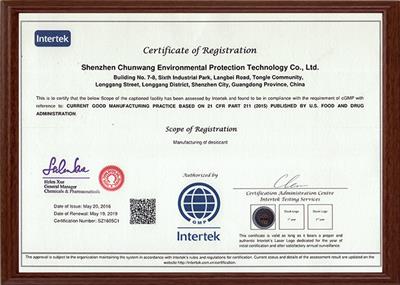
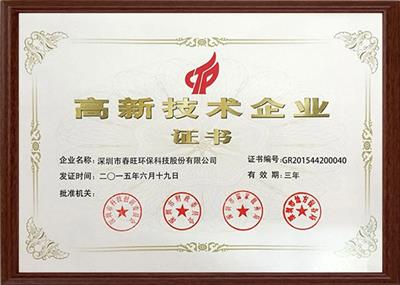
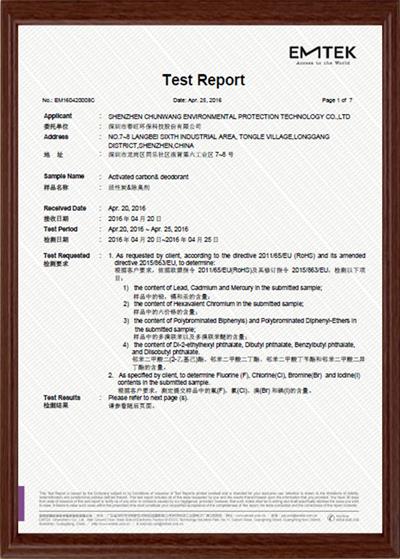
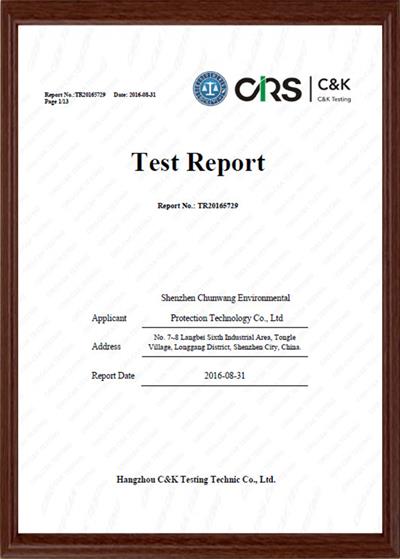
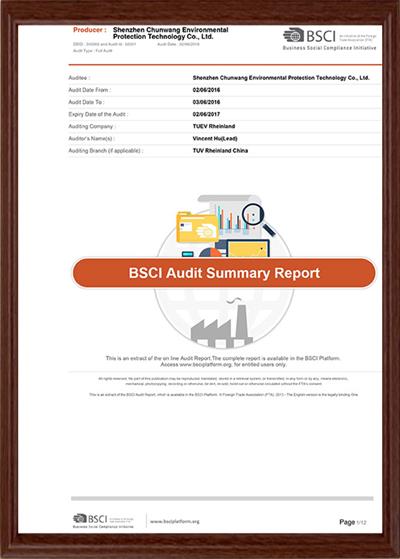
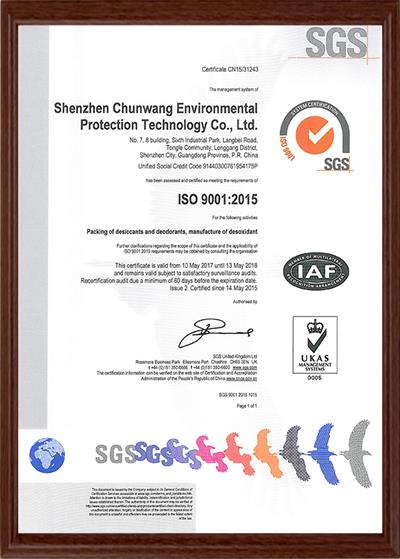
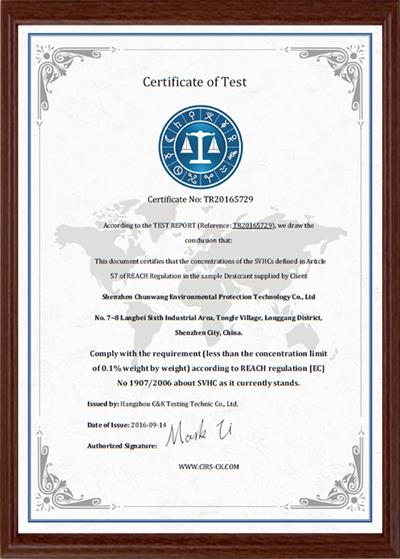
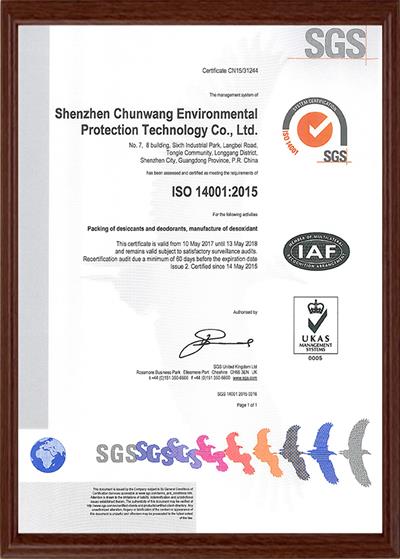
Common Problems of Container Desiccant
As one of the leading container desiccant manufacturers and suppliers in China, we warmly welcome you to wholesale quality container desiccant at competitive price from our factory.















